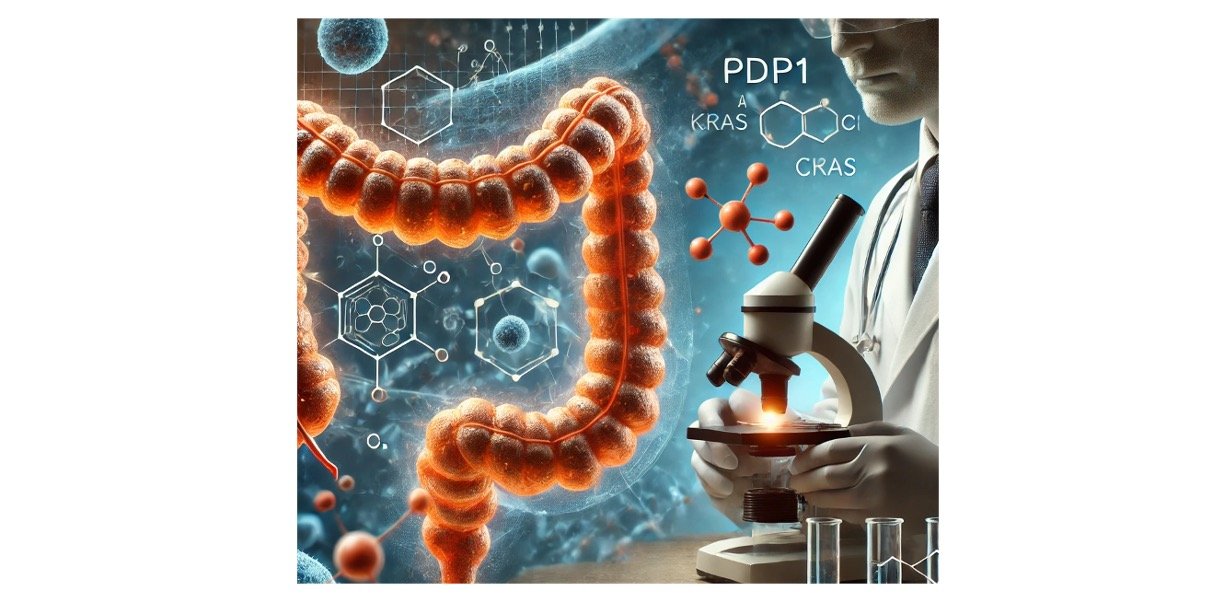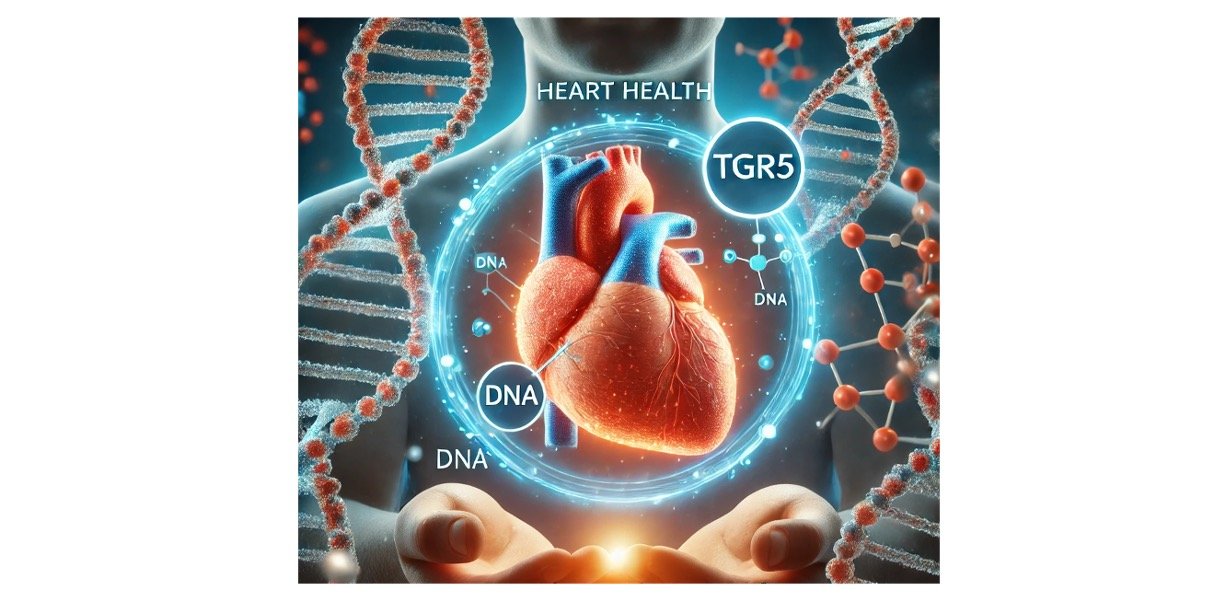History of Law of Conservation of Mass
The ancient Greeks initially proposed the idea that the total sum of matter in the universe is always constant. Though, Antoine Lavoisier stated the law of conservation of mass as a vital principle of physics in 1789.
What is Law of Conservation of Mass?
The Law of Conservation of Mass states that matter can neither be created nor it can be destroyed in a given chemical reaction. Thus, the total mass of reactants is always equal to the total mass of products.
This law of conservation of mass also stated that the mass of the system cannot change over a period of time in a closed system.
Law of Conservation of Mass example; the burning of a candle, a candle is made up of wax, thus When the lit candle, the oxygen gas present in the room will react with the candle wax to produce water vapor and carbon dioxide gas.
Thus the mass of reactants which are oxygen and wax will be equal to the mass of the products which are water and carbon dioxide.
The matter changes from one form to other but the mass of the matter always remains the same before and after the change.
For instance, if 44 grams of reactants go into a given chemical reaction, then 44 grams of products are being produced.
Law of Conservation of Mass Importance
The Discovery of this law of conservation of mass assisted to turn chemistry into the reputable science it is today.
With the initiation of this law of conservation of mass, chemists brought certainty and consistency to the science of chemistry.
If scientists know the quantities and characteristics of reactants for a specific reaction, then they can foresee the amounts of products that will be formed.
Law of Conservation of Mass Examples
I. Combustion Process
The burning of wood is an example of conservation of mass as the burning of wood comprises of production of gases such as Oxygen, Carbon dioxide, and water vapor, ashes.
II. Chemical Reactions
Water, for instance, comprises of two hydrogen atoms and one oxygen atom. Water is the only known substance on Earth that occurs naturally in three states: solid, liquid, and gas.
For water to change amongst these states, it must undergo physical changes. Thus, when water freezes, it changes into this hard and less dense substance known as ice, but the number of water molecules present before and after the change remains chemically the same.
Water gives a very vibrant example of how the cycle of matter works through our world, often changing form but never vanishing.
Both hydrogen and oxygen are diatomic atoms means they occur naturally as bonded pairs (H2 and O2, correspondingly). In the precise conditions and with an adequate amount of energy, these diatomic bonds will break and the atoms present individually will combine to form H2O (water).
The chemical equation can be written as:
2H2 + O2 = 2H2O
Note: There is the same number of hydrogen atoms and oxygen atoms on both sides of the equation that is reactants are always equal to the products.
III. Photosynthesis
Another Example of the same include Photosynthesis. In this process of photosynthesis, the plants convert light energy from the sun into chemical energy and store it in the form of sugars.
Although, light energy simply provides some energy for a chemical change to occur. The atoms required for photosynthesis are derived from carbon dioxide present in the air and water in the soil.
Then rearranges the atoms and the molecules into glucose C6H12O6 and oxygen O2.
6CO2 + 6H2O + sunlight = C6H12O6 (sugar or carbohydrates) + 6O2
This equation states that the six-carbon dioxide molecules combine with six water molecules thus forming one sugar or carbohydrate molecule and six molecules of oxygen.
By totaling or adding all the carbon, hydrogen, and oxygen atoms on both sides of the equation, the number of atoms or molecules would be equal.
Thus, the matter is preserved in this chemical change as well.
Law of Conservation of Mass Citations
- Scaling and scale invariance of conservation laws in Reynolds transport theorem framework. Ann Sci . 2015 Apr;72(2):153-69.
- The conservation of matter. Ann Emerg Med . 2002 Jan;39(1):91-3.
- The application of mass and energy conservation laws in physiologically structured population models of heterotrophic organisms. J Theor Biol . 1999 Apr 7;197(3):371-92.
Share












